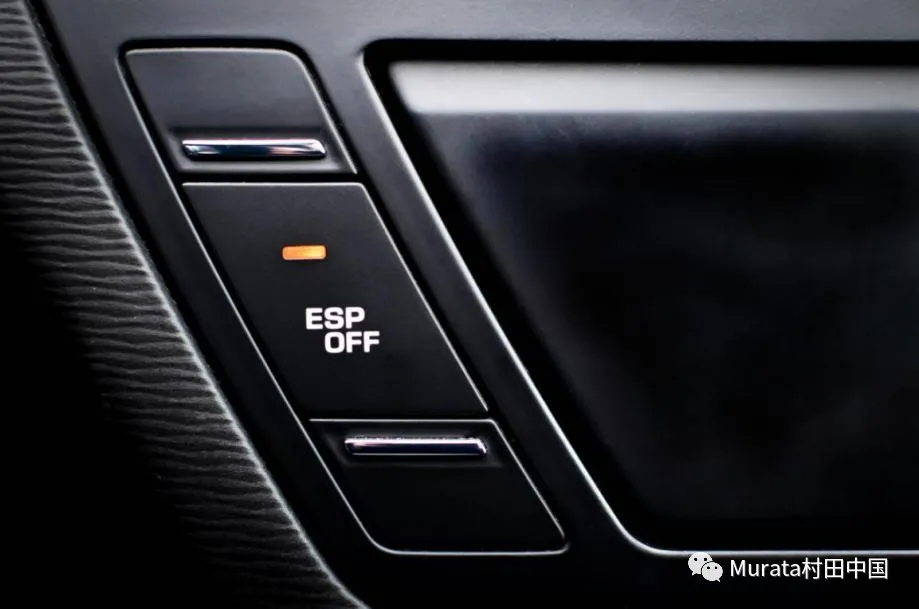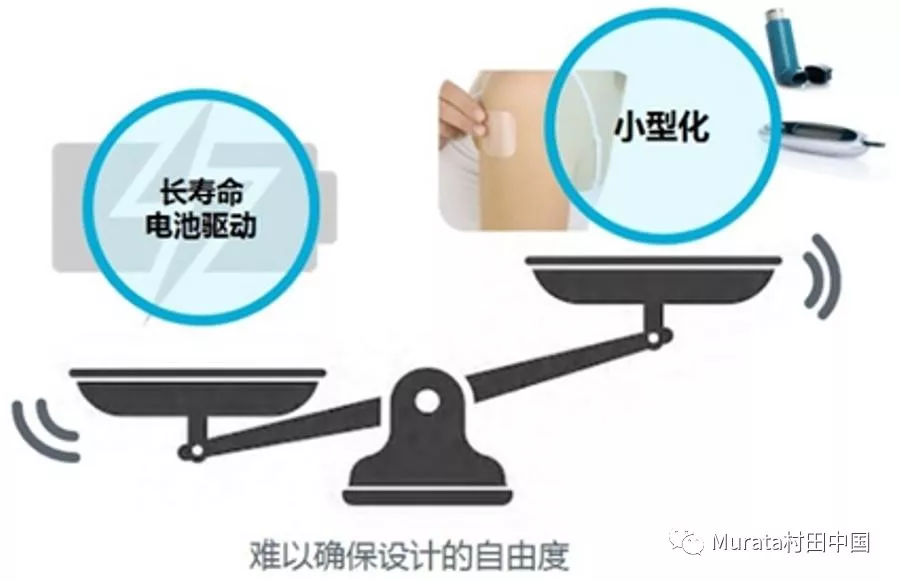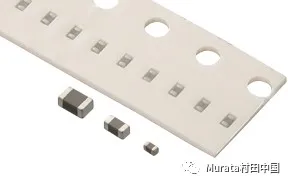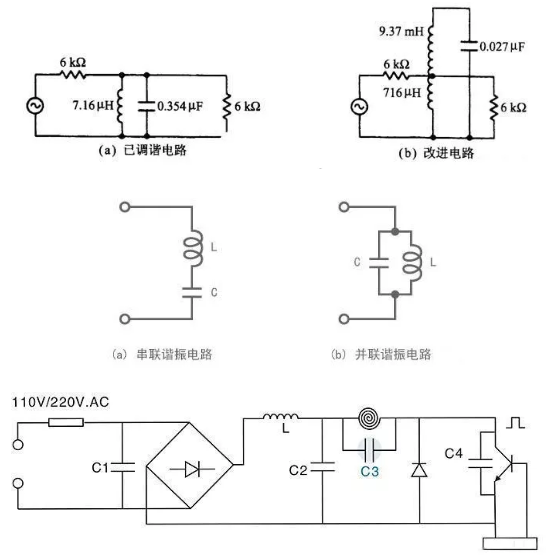The difference between switch mode power supply DC-DC and LDO power supply - Ripple
Time:2024-03-03
Views:260
The difference between switching mode power supply (DC-DC) and LDO power supply - Ripple

 At this point, the ideal output of 5V becomes the following result: the ripple of the output voltage is 500uA.
At this point, the ideal output of 5V becomes the following result: the ripple of the output voltage is 500uA.

 And what is the ripple situation of our switching power supply? Simulate with TPS5430, and the results are as follows:
And what is the ripple situation of our switching power supply? Simulate with TPS5430, and the results are as follows:
 PSRR=20 * log (1V/13mV)=37dB. It can be seen that the gap between the two is still quite large. The ripple condition of the switching power supply is indeed quite severe.
PSRR=20 * log (1V/13mV)=37dB. It can be seen that the gap between the two is still quite large. The ripple condition of the switching power supply is indeed quite severe.
Author: Huang Gang
The previous article compared the efficiency of switch mode power supplies and LDO power supplies, and it is evident that switch mode power supplies have the upper hand. They generally maintain an efficiency of over 85%, and with the previously mentioned attribute of adjustable output voltage, it seems that LDO power supplies are no longer a competitor to them. However, in reality, this is not the case. At least we can see that there are still many uses of LDO power supply in PCB design, indicating that it definitely has its own advantages. Among them, its biggest advantage, which many netizens have also mentioned, is the small ripple. This article will elaborate on the situation of their ripples.
Small ripple is our usual term, but in fact, there is a very serious technical indicator to measure the ripple of power supplies, especially LDO power supplies, called Power Supply Rejection Ratio (PSRR). It is characterized by the ratio of the input power supply change to the converter output change, usually in decibels, as shown in the following figure: it describes that PSRR (as shown in the formula below) over a wide frequency range needs to meet the parameters required by the corresponding chip manual, The higher the dB value of the corresponding PSRR, the stronger the anti-interference ability of the power supply.

PSRR=20 * log (Vinunripple/Voutunripple)
We will continue to simulate the ripple using LM2941 (LDO power supply) and TPS5430 (switching power supply). To illustrate the problem simply, we will only input a 100K cycle of power supply noise in the time domain, with a peak to peak noise of 1V. The LM2941 circuit is shown below:


Based on the PSRR formula above, we can calculate the power suppression ratio.
PSRR=20 * log (1V/500uA)=66dB.
According to the documentation of the power chip, the indicator is as follows: the PSRR at 100K meets the requirements.


|
Disclaimer: This article is transferred from other platforms and does not represent the views and positions of this site. If there is any infringement or objection, please contact us to delete it. thank you! |











